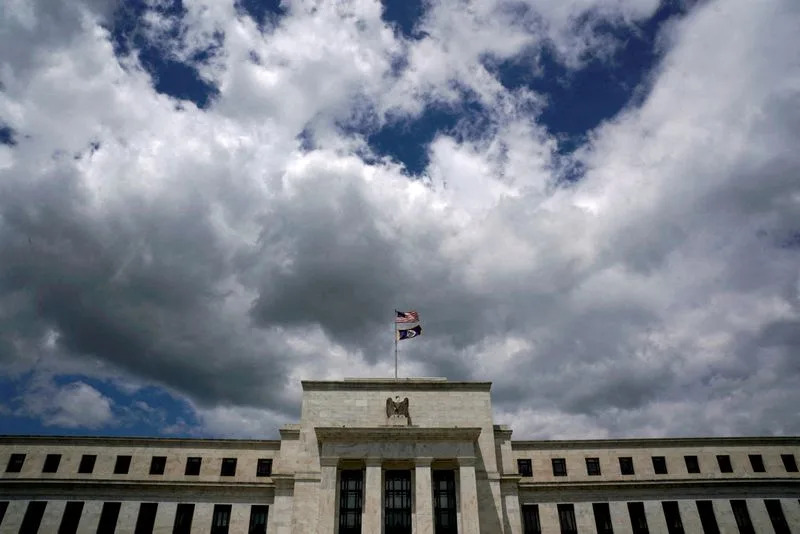Tue, February 6, 2024

NEW YORK (AP) — GoFundMe crowdfunding campaigns have generated $30 billion since 2010, the fundraising platform announced Tuesday, as younger generations look beyond institutions to make their donations.
Tim Cadogan, GoFundMe's CEO, said 150 million people have either sent or received money through the platform to date. Gen Z and millennial donors, as well as those who are not married and those who are less religious, are more likely to give through crowdfunding than to traditional nonprofits, according to a 2021 report by the Indiana University Lilly Family School of Philanthropy.
“That’s what we’re so thrilled about is that we’ve helped people come together to help each other at that level of scale,” Cadogan told The Associated Press.
GoFundMe, a privately held, for-profit company, has annually released the total amount raised on its crowdfunding platform since its founding, but hasn't published a breakdown of funds raised in an individual year. Nevertheless, it is possible to see significant growth from 2019, when it reported a total of $9 billion in cumulative gifts.
Part of that growth includes GoFundMe's acquisition of Classy in 2022, which is an online platform that facilitates giving to nonprofit organizations. Donations given through Classy are included in the reported $30 billion raised.
For comparison, charitable giving in the U.S. to nonprofit organizations reached $499.3 billion in 2022.
The most common donation on GoFundMe is $50, Cadogan said, and, for the most part, fundraising campaigns reach the personal networks of the people who started them.
“Sometimes people think you put up a GoFundMe and a bunch of strangers just jump in and give you money,” Cadogan said. “That’s not how it really works. You put up a GoFundMe and you ask the people that you know to help you.”
But sometimes campaigns capture a much broader audience, with requests around high-profile events, like disasters, garnering significant support from strangers. In 2023, GoFundMe said Jan. 2 was the “ most generous day ” on the platform as people donated to Buffalo Bills safety Damar Hamlin’s fundraiser for toys after he collapsed on live television. GoFundMe said 210,000 people donated from around the world on their platform that day.
“I think that was a very monumental collective show of appreciation for him and for the desire for people to say, ‘We’re with you,’” said Margaret Richardson, GoFundMe’s Chief Corporate Affairs Officer, of the outpouring of support for Hamlin.
Hamlin announced in May that he would transfer the more than $9 million given to the fundraiser to his nonprofit, the Chasing M’s Foundation.
The day with the single largest number of donations in 2022 was May 26, two days after the mass shooting in Uvalde, Texas.
In response to high-profile events, GoFundMe monitors campaigns connected to the event, takes steps to verify them and collects authenticated fundraisers in a hub on their website. The platform also uses its extensive database of gifts to identify what it calls anomalous campaigns and Cadogan said that the payment processors and banks who actually handle the funds sent over GoFundMe also have processes to detect fraud.
“If you’re moving money in any of the countries we operate in, we and our banking partners have to know who you are,” Cadogan said.
In its most basic form, crowdfunding — gathering small gifts for a cause or to help someone — isn't new. But the rise of online giving through platforms like GoFundMe coincides with the adoption of social media and the increase in ecommerce and the use of online financial services in general, said Benjamin Soskis, a senior research associate at the Center on Nonprofits and Philanthropy at the Urban Institute.
It's not yet clear how much giving through a crowdfunding campaign has supplanted giving to nonprofit organizations, Soskis said, in part because data about crowdfunding is less public. Nonprofit organizations have to share information about the grants they give and receive as well as donations they receive with the IRS and the public.
“If it’s true that crowdfunding is becoming a larger part of total giving, I think that their data transparency needs to reflect that, so that we can start to integrate crowdfunding into the larger analysis of charitable giving trends,” Soskis said, speaking of GoFundMe.
The company does share anonymized data with the organization GivingTuesday as part of their efforts to track giving on the Tuesday after Thanksgiving in the U.S. In 2023, initial estimates showed a 10% drop in the number of donors, which is a worrying trend for nonprofits. That's in addition to a decrease in the overall amount given to nonprofits in 2022, according to Giving USA.
Other platforms also facilitate online crowdfunding, besides GoFundMe. DonorsChoose, which allows public school teachers to fundraise for classroom supplies, says it's raised $1.6 billion for students and teachers since 2000. And Meta said in 2022, that donors had raised more than $7 billion through fundraisers on Facebook and Instagram.
Cadogan anticipates room for further growth in online donations in general as well as further potential for asking for help publicly to become more and more acceptable. He sees that ask as the first step to unlocking other people's generosity.
“A big part of what I hope that we can do over the next few years is normalize asking for help,” he said.
___
Associated Press coverage of philanthropy and nonprofits receives support through the AP’s collaboration with The Conversation US, with funding from Lilly Endowment Inc. The AP is solely responsible for this content. For all of AP’s philanthropy coverage, visit https://apnews.com/hub/philanthropy.
Thalia Beaty, The Associated Press








